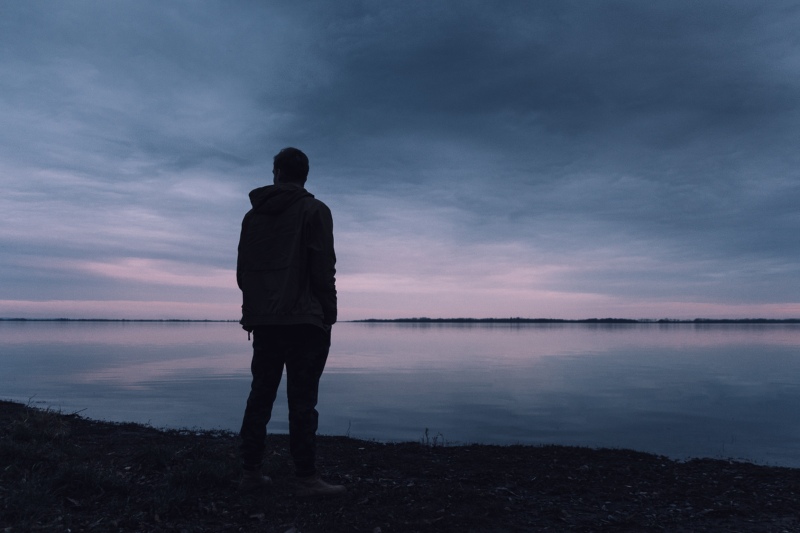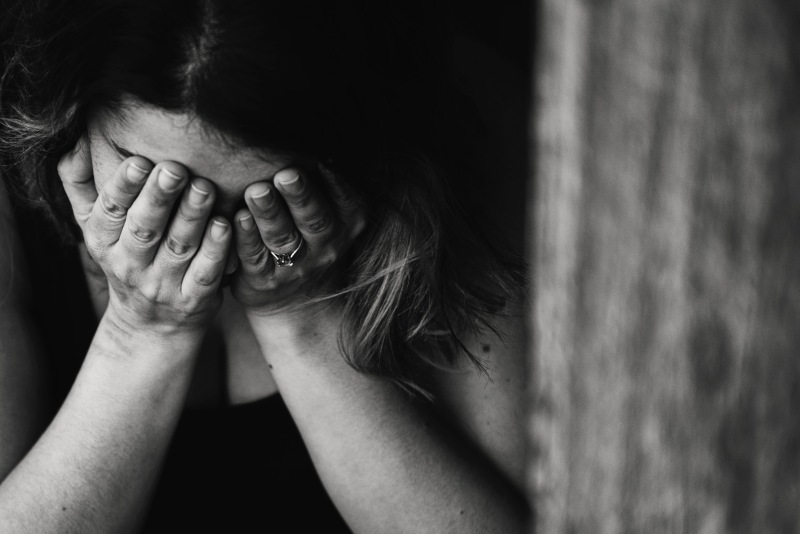 Unless you’ve been hanging out in darkest Peru, you’ve probably heard that pornography exploded along with the internet. What was once an embarrassing ordeal to get your hands on is now accessible, affordable, and anonymous—and irresistible. (Cooper 1998) Now every variety of porn you could imagine is out there, free for the watching. Despite this diversity, violence in porn is nearly universal.
Unless you’ve been hanging out in darkest Peru, you’ve probably heard that pornography exploded along with the internet. What was once an embarrassing ordeal to get your hands on is now accessible, affordable, and anonymous—and irresistible. (Cooper 1998) Now every variety of porn you could imagine is out there, free for the watching. Despite this diversity, violence in porn is nearly universal.
Consequently, a psychologist named Ana Bridges set out to quantify violence in porn. (Bridges 2010) Note that she didn’t simply examine the rare, niche stuff—she only analyzed the 50 best-selling videos. What she and her colleagues found was grim. Nine out of ten scenes depicted acts of physical aggression, almost always against women. Nearly half of scenes contained verbal aggression as well. Less than one in ten scenes depicted any positive or affectionate behavior. Today’s porn appears to be a sexual fantasy gone terribly wrong.
So what is driving all this violence in pornography? You could tell me we live in a climate of rape culture. Or that the media has long conflated sex with the objectification of women. You could argue history proves that certain men have always sought to dominate women, and violence in porn is simply the new millenium’s version of that. I certainly wouldn’t disagree with you. The #metoo movement has proved we’re not out of the woods yet when it comes to respect for women. But there may be another unexpected element at play.
Porn Warps Attraction
Neurologist Gary Wilson has devoted his career to helping men (and some women) quit porn. They suffer from porn-induced erectile dysfunction, loss of attraction to real partners, depression, social phobias, etc—all related to porn use. Visitors to his and other sites report the same tragic tale: they started off watching “vanilla” porn, but after awhile it stopped turning them on. They had to resort to more and more extreme versions of pornography—violent porn, porn counter to their sexual
orientation, etc—in order to become aroused. (Wilson 2017)
Erica Garza tells a similar story in her memoir detailing her own pornography addiction. She needed to seek out violence in porn in order to stay aroused. She considers herself a feminist and has no history of abuse. But only a rush of shame and scenes of depraved violence toward women could turn her on.(Garza 2018) What is distorting sexual preferences in such bizarre ways? Why is there so much violence in pornography?
The Addiction Cycle
is a funny thing. Proteins and neurotransmitters make a brain respond in opposing ways to the object of its addiction. When someone is hooked on porn, they experience cues or triggers that draw them back to porn. They could be triggered by seeing their smartphone, realizing they’re alone, seeing a sexualized image, etc. They get a dump of DeltaFosB and dopamine following the trigger, which makes them crave porn.
But when they give into the craving, they get a boost in CREB, which makes them enjoy the porn less. The irony is that CREB exists to teach us moderation in all things, but it has the opposite effect for an addict. The once-enticing behavior starts to feel lackluster. The addict becomes desensitized, but still feels intense cravings. They want porn more, but like it less. (Voon 2014) It’s the universal tale of an addict needing more and more to achieve the same high.
But if the high that porn has to offer is sexual arousal, how can porn become more sexual than it already is? Of course everything is extreme, augmented, dialed up to eleven in porn. But there comes a point at which porn can’t be much more sexualized than it already is. This is when violence in porn comes into play.
 Anxiety’s Link to Arousal
Anxiety’s Link to Arousal
Anxiety may actually be the culprit behind the astonishing violence in porn. As far back as the 1980s, researchers discovered that feelings of anxiety increase sexual arousal, (Barlow 1983) and Gary Wilson has made that connection with violent pornography. Think about the sensations in your body when you’re anxious: your heart races, your palms sweat, you suddenly feel very alive. It’s similar to how you feel when you’re aroused. A scene involving danger or shocking violence would produce some amped-up fear and anxiety. Violence in porn helps a numbed-out pornography viewer feel turned on again. The behemoth porn industry subsists on keeping addicts addicted. They’ve figured out the tricks to keep the endless merry-go-round of self-destructive behavior running like clockwork and lining their pockets.
If they have to resort to producing the most violent pornography a human mind could come up with to keep viewers coming back for more, they will. And they have.
As Wilson insists to the porn viewers who come to his site for help, the only way out is out. One must turn away from porn entirely to restore a natural attraction to a real human being. A person has to give up porn to desire healthy, affectionate sex again. It’s “rebooting” your brain, as he calls it. Plenty of people who thought their sex lives DOA have tried it. And they report that they’re so glad they did.
Wendy Morkel, MA, Sela Health Editorial Contributor
Barlow, D. H., Sakheim, D. K., & Beck, J. G. (1983). Anxiety increases sexual arousal. Journal of Abnormal
Psychology, 92(1), 49.
Cooper, A. (1998). Sexuality and the Internet: Surfing into the new millennium. CyberPsychology &
Behavior, 1(2), 187-193.
Garza, E. (2018). Getting Off: One Woman’s Journey Through Sex and Porn Addiction. New York, New
York: Simon and Schuster.
Voon, V., Mole, T. B., Banca, P., Porter, L., Morris, L., Mitchell, S., … & Irvine, M. (2014). Neural
correlates of sexual cue reactivity in individuals with and without compulsive sexual behaviours. PloS
one, 9(7), e102419.
Wilson, G. (2017). Your Brain on Porn: Internet Pornography and the Emerging Science of Addiction.
Kent, United Kingdom: Commonwealth Publishing.
